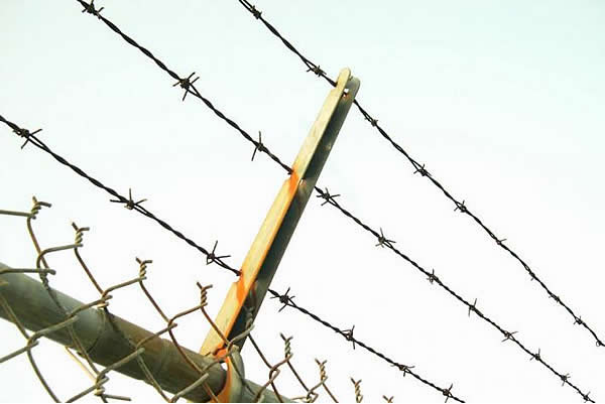 TEL:
+86-13102802206
TEL:
+86-13102802206
 Email:
fencenetting@china.com
Email:
fencenetting@china.com
 Language
Language
 TEL:
+86-13102802206
TEL:
+86-13102802206
 Email:
fencenetting@china.com
Email:
fencenetting@china.com
 Language
Language


Understanding the Costs of Cyclone Fencing
When it comes to fencing options for residential or commercial properties, cyclone fencing, also known as chain-link fencing, is one of the most popular choices due to its durability and affordability. This type of fencing is made from galvanized steel wire woven together to form a diamond pattern, providing both security and visibility while marking property boundaries. However, before deciding on cyclone fencing, it’s essential to understand the various costs involved, factors affecting those costs, and the overall benefits it provides.
Initial Costs
The initial cost of cyclone fencing can range significantly based on several factors, including property size, local labor rates, and the specific materials chosen. On average, the cost of cyclone fencing materials can range from $10 to $30 per linear foot. This price typically includes the cost of the chain-link fabric, posts, and necessary fittings. For example, if you are fencing a standard residential lot of 100 feet, you might expect to pay between $1,000 and $3,000 for materials alone.
In addition to material costs, it’s important to factor in labor expenses if you plan to hire professionals for installation. Labor costs can range from $5 to $15 per linear foot, depending on your location and the complexity of the installation. If your property has challenging terrain or requires additional features such as gates or barbed wire tops, the overall labor costs could increase.
Additional Factors Affecting Costs
1. Height of the Fence Cyclone fencing typically comes in various heights (e.g., 3 feet, 4 feet, 6 feet, or higher). Taller fences generally incur higher material and installation costs.
2. Coating and Finish Cyclone fences can be galvanized for corrosion resistance or coated in vinyl for added durability and aesthetic appeal. While a vinyl-coated fence might cost more, it can offer better longevity and reduce maintenance in the long run.
3. Gates and Accessories If your fencing project requires gates or any security features like barbed wire, this will also add to the overall cost. Gates can range from $100 to $500 or more, depending on size and material.

4. Permits and Regulations Before starting, check with local regulations regarding fence installations. Some areas may require permits, which also add to the overall cost.
Ongoing Costs and Maintenance
Another aspect to consider is the ongoing costs associated with maintaining cyclone fencing. While this type of fencing is generally low maintenance, it is still essential to inspect it periodically for damage and keep it clean to prevent rust. Maintenance may include repainting if you have a non-galvanized fence or replacing sections if damage occurs. Budgeting for occasional repairs can help alleviate unexpected expenses in the future.
Advantages of Cyclone Fencing
Despite the costs, cyclone fencing offers a variety of benefits that make it an attractive option. Its open weave allows for visibility and airflow, making it an ideal choice for properties needing both security and aesthetic appeal. Furthermore, cyclone fencing is known for its durability, often lasting more than 20 years when properly maintained, which can make it a cost-effective long-term investment.
Additionally, cyclone fencing is versatile; it can be used for residential yards, commercial properties, sports facilities, and industrial sites. This versatility allows homeowners and business owners to choose a style that suits their specific needs while keeping costs manageable.
Conclusion
In summary, while the costs associated with cyclone fencing can vary, understanding the various factors that influence these costs can help property owners make informed decisions. From material and installation expenses to ongoing maintenance, properly budgeting and planning for your cyclone fencing project will enable you to enjoy the security and benefits it offers for years to come. Whether you are looking to enhance your property’s safety, define boundaries, or add a functional aesthetic to your space, cyclone fencing remains a popular and wise choice.